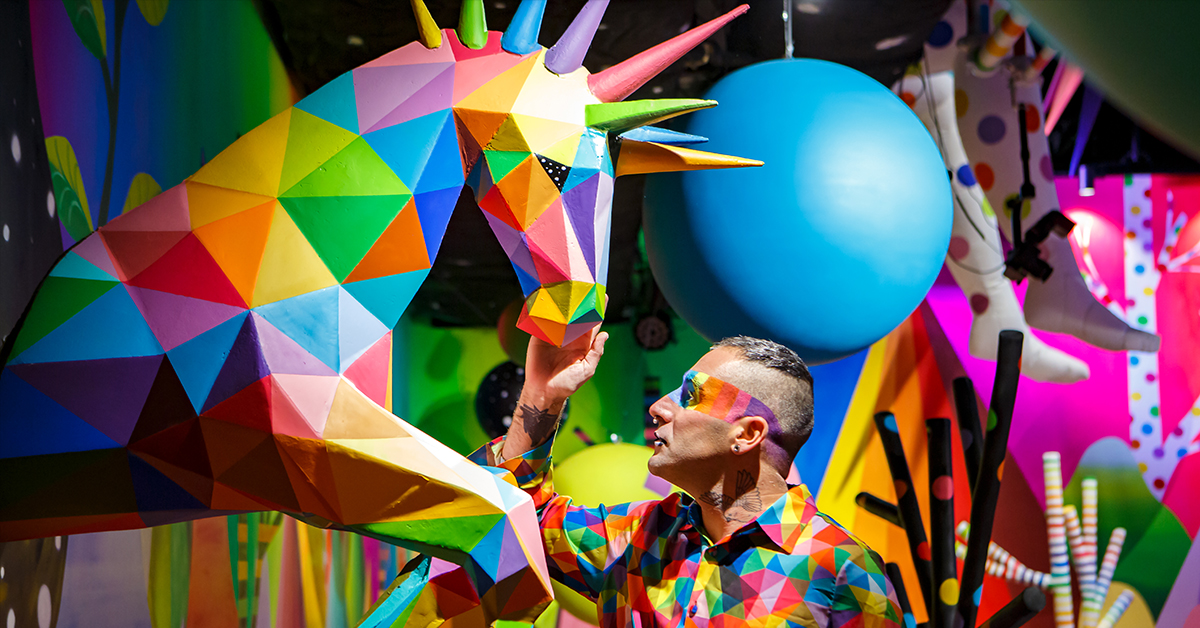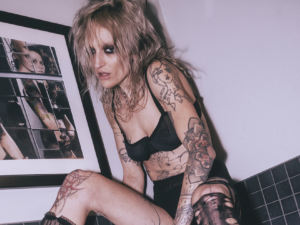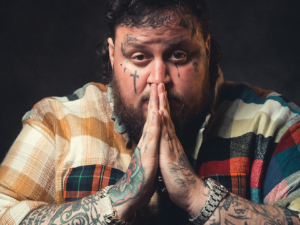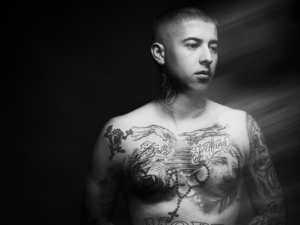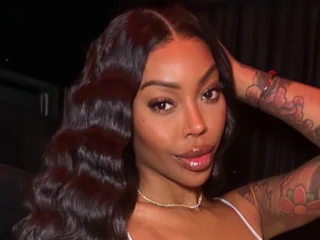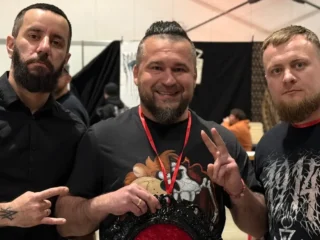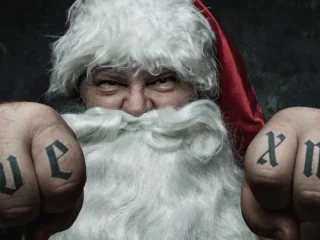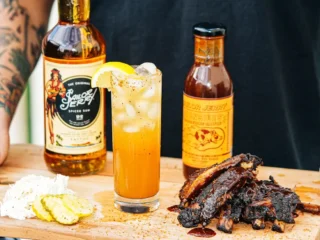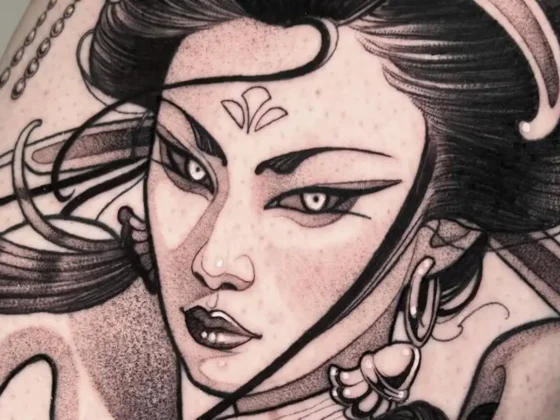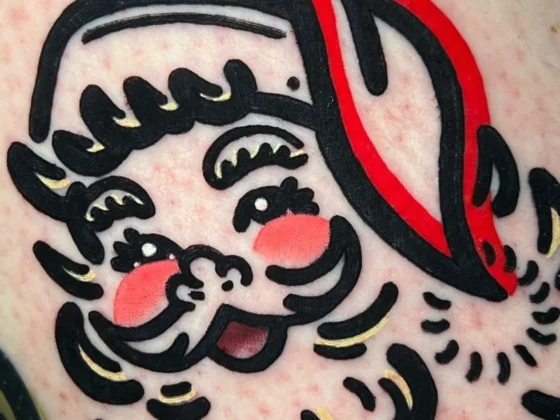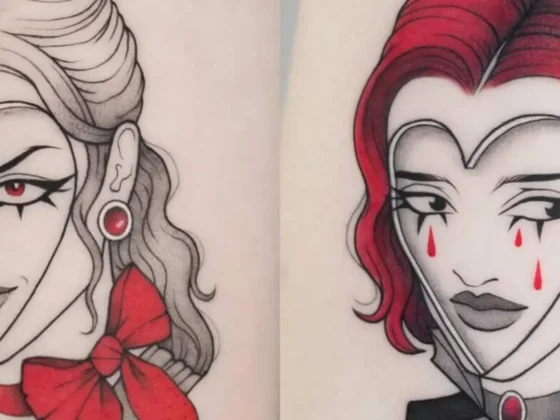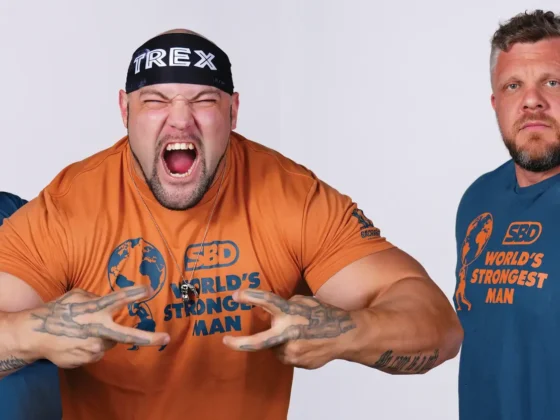Charlie Connell
June 4th, 2021
Explosions of Color
Meet Okuda San Miguel, the Spanish artist who has made it his mission to fill the world with the most vibrant colors imaginable.
Once you get away from the shiny skyscrapers, most cities in the world end up being pretty drab places. You can be in New York, Havana or Moscow, the architecture all ends up being the same—rows of apartment buildings in a plethora of boring muted tones. Then you come around a corner and are bombarded by a cacophony of blues, pinks, oranges and yellows. A massive mural standing 20 stories tall leaps out from the landscape, filled with vibrant colors and geometric shapes, your brain struggles to make sense of what it’s just seen. Are you imagining things? Has somebody slipped you a psychedelic drug on the sly? Have you found a glitch in the Matrix?
Don’t worry, nothing nefarious has happened. You’ve simply come eye-to-eye with the work of Okuda.
Before his name became synonymous with massive exhibitions of dynamic colors, Okuda was born Oscar San Miguel Erices in the Northern Spanish city of Santander. This is where he first caught the artistic bug.

“It was in the ’90s when I saw the first murals in my city,” Okuda says, “and they captivated me. I started to discover art history, I started to draw a lot.”
He didn’t launch his career painting massive murals, obviously. Okuda got his start using a bunch of markers and decorating his skateboard. From there he began to do some work with spray paint and he kept on progressing. “It was when I started to study art at university that I started to do more with other mediums like oil, like acrylics,” he says. “It was at university where I started to make sculptures out of rocks, out of wood, out of different types of things.”
You won’t find the bulk of Okuda’s work in a museum behind a velvet rope and encased in a humidity-controlled plastic case. No, his art is out on the streets for everybody to see.
“I think the best and most amazing thing about street art is that I do the work for nothing and for nobody,” he explains, “but in the end you never know who will come by and be inspired by your artwork. Because it’s in the streets and it’s for everybody in the end, that’s the most important part of working in the streets.”
Early in his career, Okuda didn’t use the bright colors that have become his signature. It all came down to one harsh reality—if you want to make a painting with every color in the rainbow you need to be able to afford all of those different paints.
“I was painting a lot on gray cardboards in black and white,” he explains, “just to understand the lights and the values and the volumes. I was learning how to do volumes and anatomic parts and everything doing that. Maybe after having this experience I needed colors in my life, I needed colors in my artwork.”

Part of what makes his work so interesting is how he depicts subjects we’re all familiar with—animals, plants, people—in ways we haven’t seen before. It’s not just the infusion of color that sets his work apart, it’s the geometric shapes and hard angles he places in every form. It’s a harsh juxtaposition that can leave a person wondering if they really are looking at a computer simulation.
“I remember realistic organic forms and human bodies getting lost in their geometric architectures, that was the beginning of my triangle language,” Okuda says. “I discovered I could translate everything I saw into angles. Faces, animals, whatever. A few years after, I learned that 3D programs work like me, or maybe my brain works similar to the 3D programs.”
The first enormous project Okuda worked on, the one that you’ve probably seen pop up in your internet scroll a million times, was the Kaos Temple. The artist had found a century-old abandoned church and he knew exactly how he wanted to breathe life back into the former house of worship—by turning it into a psychedelic skate park.
Much like in his earliest days of art, finding the funding to bring his vision to life was a chore. After eliciting the help of crowdfunding and a sponsorship from Red Bull, Okuda was able to turn his vision into reality. Essentially every part of the building that skaters can’t grind on was covered with vivid murals.
“If you want, you can do whatever you want,” he says. “Change a place, change everything in the world. It was super amazing. The first day I went inside the church was the first time I felt something different when I started work. Because it was a church, because all the painters in the past would paint for the church or for the kings because they had the money. So it was strange for me to have a whole church to do whatever I want.”
As colorful as the art Okuda creates, it’s a bit surprising that the art he collects on his skin tends to be far more monochromatic. Throughout his tattoo collection there is nary a spot of color.
“Everything around me is very colorful—my clothes, my art—but my house is everything white except a few tables,” Okuda says. “I don’t think the colors work on darker skin. I have darker skin and I think it looks better with only the black lines, which is why I decided to do everything in black.”

Many of his tattoos were done by his roommate, who happens to be a tattoo artist. Okuda doesn’t get his tattoos haphazardly either, he puts a great deal of thought into each of his pieces with each one telling a chapter of his life story.
One of these tattoos is of the numbers “11 11.” “Eleven is my magic number, and it was tattooed on 11/11/2011,” he explains. “I discovered that in my life, this number gives me signals to tell me I’m in the right way.”
As he builds his own monochromatic tattoo collection, Okuda has come across some tattoo renditions of his art on the skin of fans. “I feel so grateful when I see tattoos of my artwork,” he says. “To see that your art has inspired them is incredible.”
Okuda has already left quite a mark on the world, making it a much more colorful place. But don’t expect him to stop any time soon. There are so many projects percolating in his mind that have yet to come to life. We don’t know exactly what the future holds for Okuda and his art, but you can be damn sure his art will continue to demand your attention.
Editor's Picks
Royal & The Serpent
The hilarious and talented musician talks mental health, music, tattoos and more
Son of a Sinner
From rough-and-tumble roots to mainstream stardom, this genre-crossing musician is on a roll
A Cut Above
Celebrated barber Vic Blends can charge whatever he wants for a haircut, but all he really wants in exchange is a conversation and human connection

